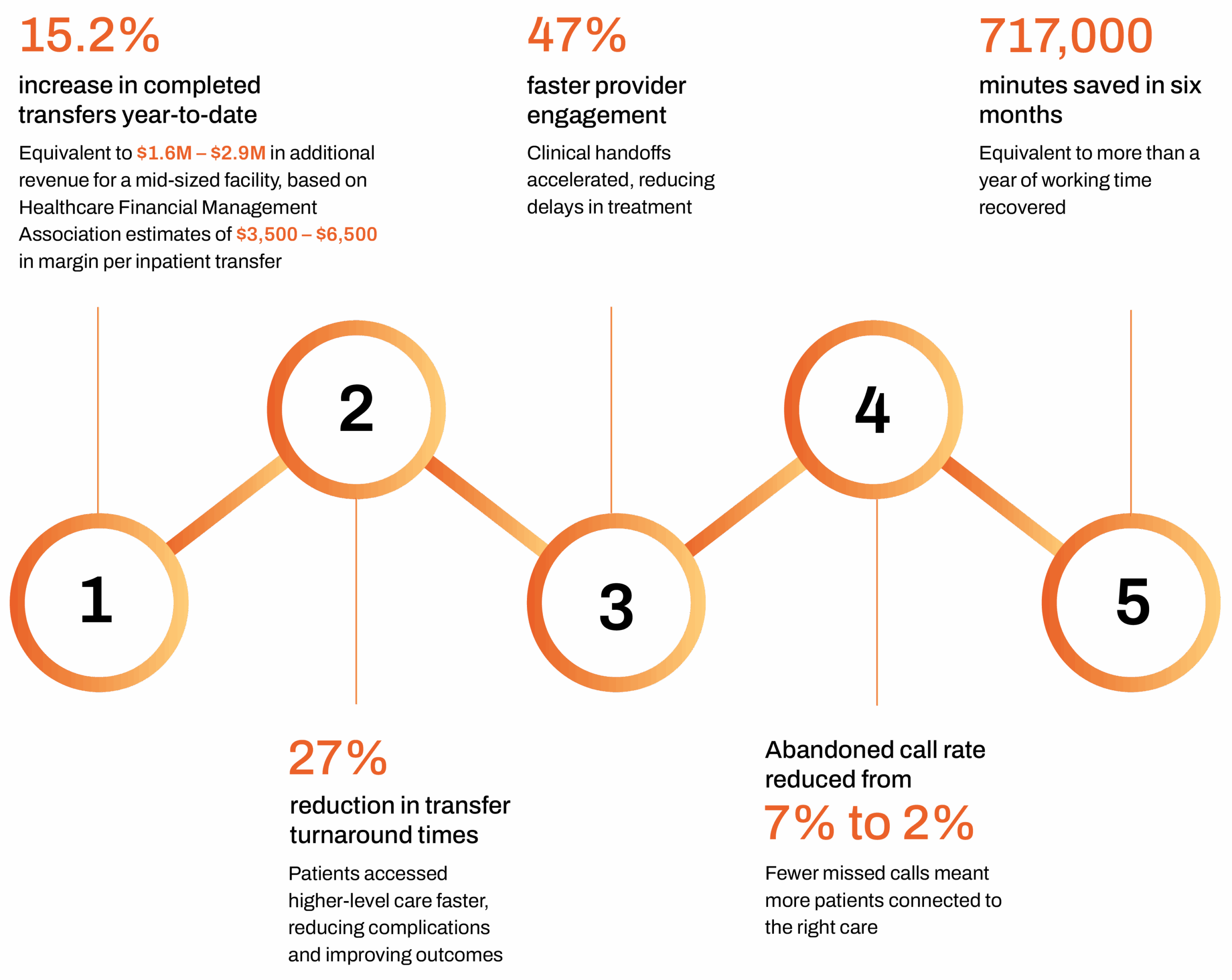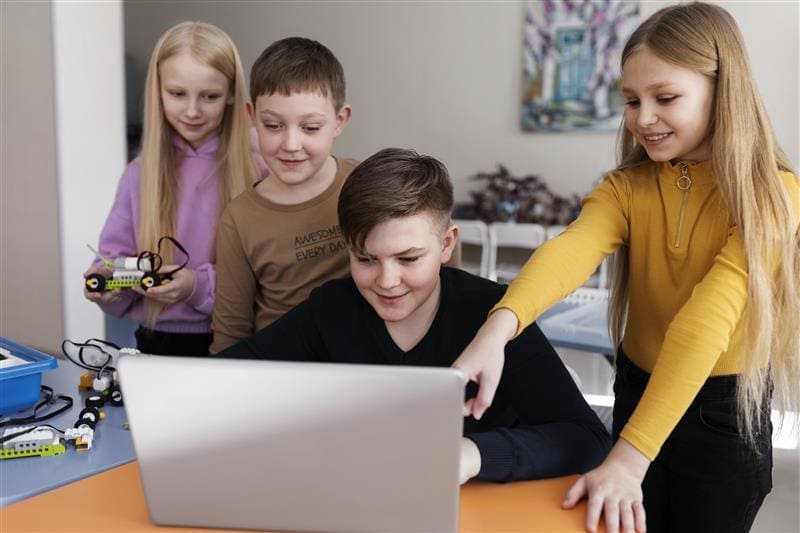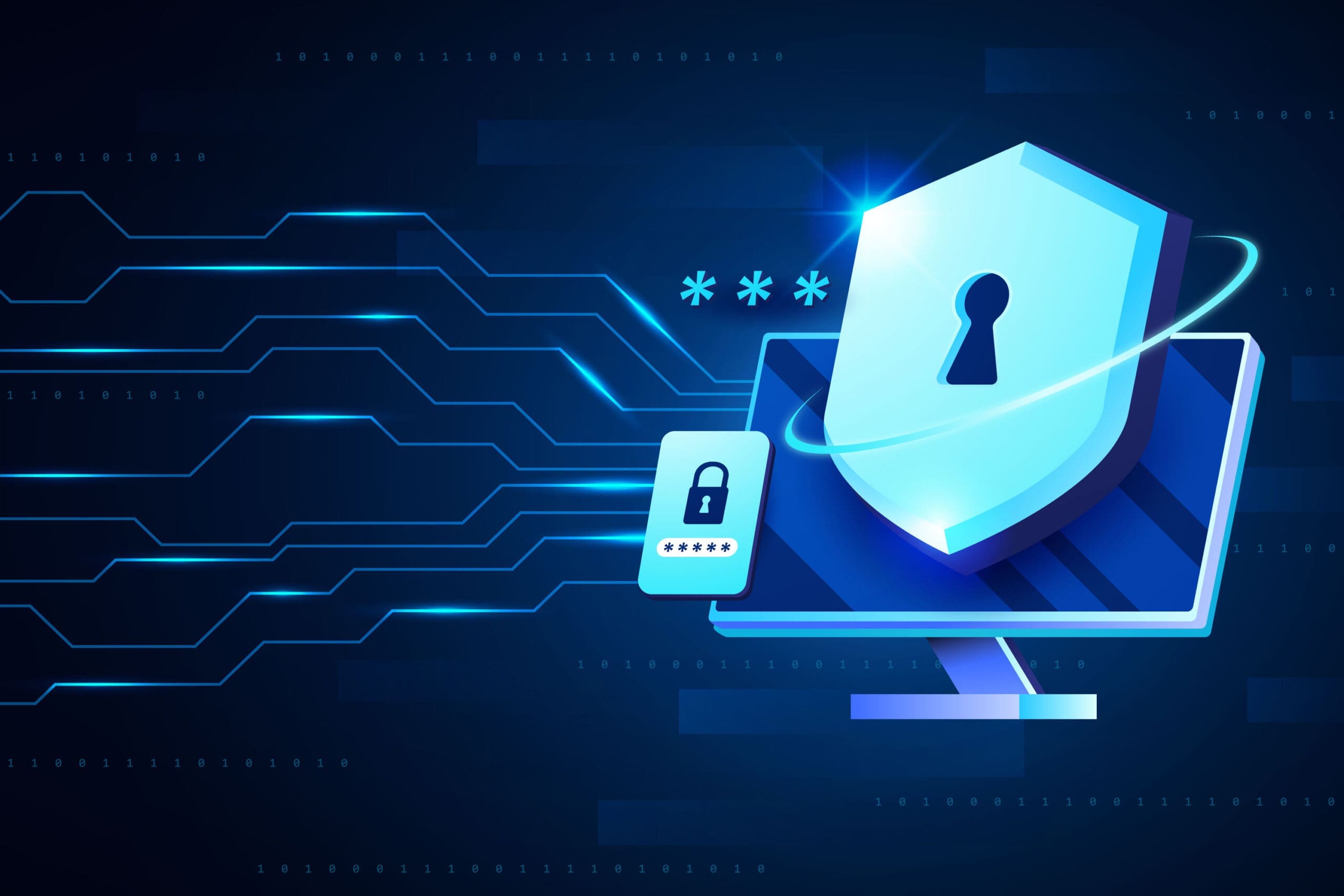When K-12 students aren’t engaged in the lesson, they aren’t learning. But beyond visual cues—such as staring off into space or the glaze-eyed look of the lost—assessing whether students are engaged can be difficult for educators.
In one study, 16% of teachers cited assessing and reporting student understanding as a key digital learning challenge before the pandemic.
That study was conducted before COVID-19; the pandemic, and the forced shift to some form of remote learning, have amplified that challenge.
There are tools that can help, but their data often lags or is time-consuming to analyze. Whether teaching face-to-face or remotely, educators need seamless solutions that support educational continuity and produce meaningful information in real-time—simple ways of “seeing” student social engagement, automatically visualizing lesson attendance and progress, and tracking time on task and achievement metrics—all in the context of the curriculum and learning targets.
Harmony Public Schools in Texas solved this insight challenge using Exploros. Exploros stages powerful social learning experiences where all students actively contribute and engage. By giving teachers real-time insight into class and student progress and providing a window into each student’s understanding, Exploros helps teachers deliver more personalized, focused lessons, in-person or remotely. Teachers can address misconceptions, emphasize key objectives, and reteach based on class comprehension.
But the data doesn’t end there.
Data to help teachers be more effective
Through Exploros’ data dashboards, teachers can see class curriculum progress; each student’s achievement metrics including quiz scores, time-on-task, lessons attended, and peer-to-peer interaction; and learning-standards-based metrics and achievement; and it is all tied to digital portfolios that contain all student work within lesson context.
Administrators have access to teacher-level reporting but can also view progress and learning at the campus and district levels. With this information, administrators know what is being taught in each classroom, in real-time. How is each classroom progressing on the scope and sequence? Which students participated in which lessons? How often are students touching a learning standard, how much aggregated time has been spent per standard, and what are the assessment results?
The automated performance analytics provide real-time, end-of-class, end-of-week, or end-of-unit classroom data and have school- or district-level aggregation capabilities.
These numerous data points help teachers shift the way they’re using Exploros and thinking about their students, according to Robert Thornton, the charter school’s Social Studies Curriculum Director for grades 6-12.
“Instructors are becoming more aware of these moments where there are data points for them to react to,” Thornton says. “They’re realizing that, instead of waiting three weeks to look at their data and react to it, they can actually look at it tonight and make some pretty good decisions based on it for tomorrow.”
Curriculum built around standards
At the same time, Exploros automatically builds student learning portfolios and learning-standards-based analytics at the student, class, campus, and district level.
Early results show impressive student response to Exploros’ social learning experiences: One Exploros internal case study showed 17 responses per student per class period—far above the usual in-person amount of interaction possible without devices.
In another case study based on 19,000 middle-school students’ results, 94% of Texas campuses using Exploros Social Studies improved an average of 29% on the U.S. History state STAAR test. Among at-risk students, the increase was 32%; among economically disadvantaged students, 34%; and among students with limited English, it went up 26%.
Creating educational continuity
Exploros can be used as a stand-alone tool but also integrates with ecosystems such as Google Classroom and Canvas to improve live and remote classroom instruction.
As part of Lenovo’s commitment to supporting educational continuity, we’ve made Exploros available on Lenovo’s best-in-class devices to help instructors craft this powerful learning experience, whether the learning occurs in a physical or virtual classroom. Together, Exploros and Lenovo support schools’ needs for educational flexibility and seamlessness in instruction.
To learn best practices for ensuring educational continuity through a standards-based curriculum, in-person or remotely, and hear how other educators are using Exploros, download our Student Engagement playbook, part of Lenovo’s educational continuity resources.






